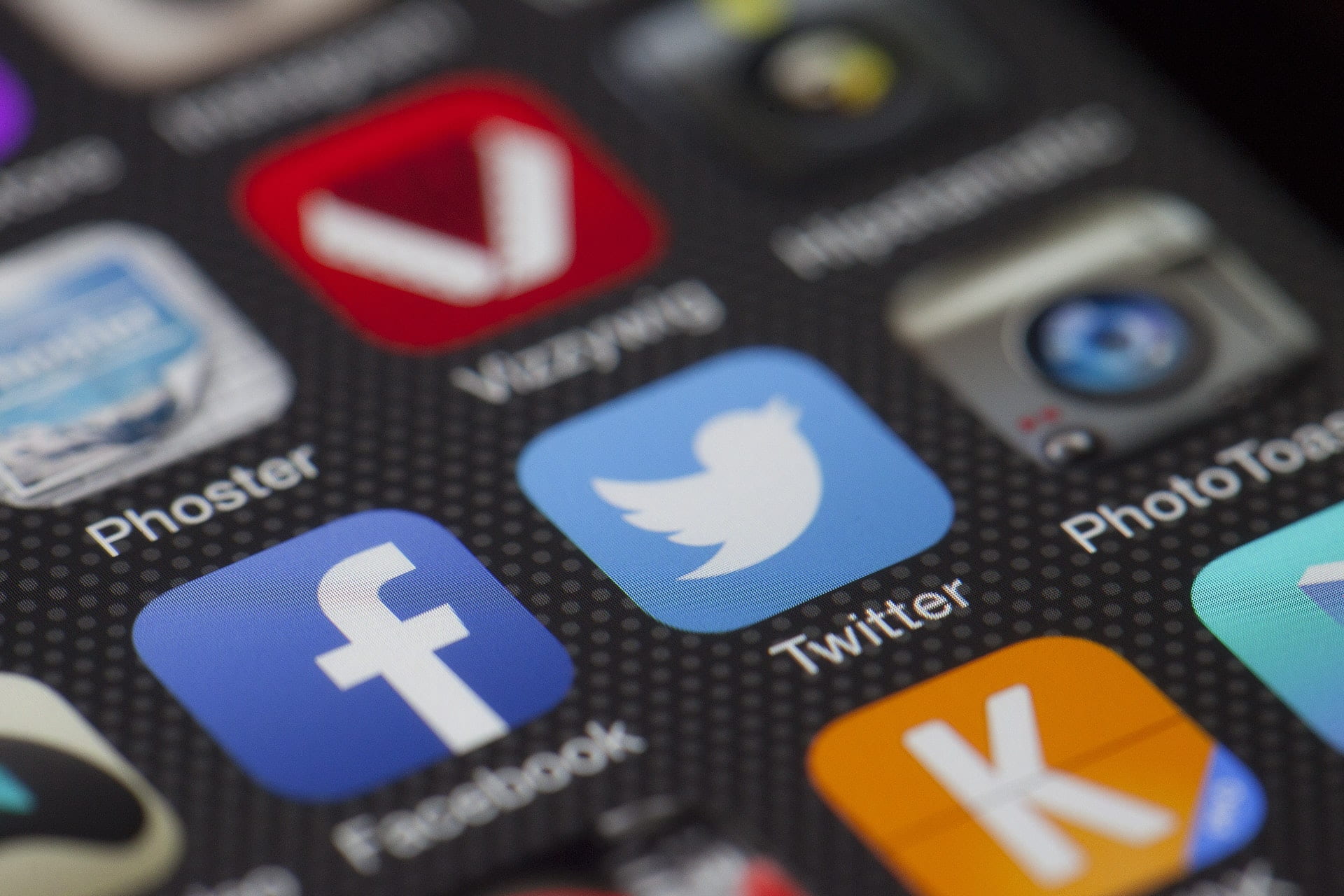As the war on internet ads continues, many marketers are coming back to social media to promote their content.
For a long time, the internet was a mess in terms of advertisements: No matter what site you visited, you were almost guaranteed to be greeted by a number of ads showing up on the sidebars of the pages. This trend went as far as some websites consisting almost solely of ads. As a result, clicking any link on the website was pretty much a gamble: You never knew if the box that said “Click Here” will take you to the page you want or send you to a gambling site.
After the surge of adblockers, many websites changed their approach: Ads became smaller and were more decently placed. In addition, several services started offering premium subscriptions for an ad-free user experience.
But within the last few years, substantial changes were made to the way ads are displayed. Personalized ads became a thing. With the help of tracking cookies, ads catered to your browser history started being served on various websites.
However, this has drawn significant controversy in terms of privacy. While marketers were undoubtedly happy with the option to target a particular group with their ads, internet users were more than fed up. As a result, questions like transparency and internet privacy became hot topics.
With Apple recently doubling down on its anti-tracking policy, delivering personalized ads has become more challenging. Suppose pixels and other data-collection codes can no longer track users and their behavior. How should it be possible to target these people with personalized ads? Things like targeting, re-targeting, and other staples of online marketing might be in jeopardy, given this trend continues. As a result, many marketers once again discover the benefits of social media.
One of the major benefits of social media is that you have (somewhat) more control over your audience. When you post a new image on Instagram, chances are, a part of your followers will get to see it. And while that may only be a small fraction of your followership, it is still a great way of getting your business message out there. However, you will slowly realize that posting content that only about 5% of your followers see is not ideal for getting your marketing right. Instead, in-platform ads might have become an alternative again.
Due to the way ads on Instagram, Facebook, and similar pages work, it is still possible to deliver your posts to a broader audience. Sure, the option of targeting ads to a specific audience based on tracked behavior might not be viable anymore (at least for now). However, most social media platforms give you the option to promote posts and content to your very own fanbase. So, while it is more difficult to reach a cold audience, promoting your content within your follower base is still possible.
Whenever you post content on Instagram or Facebook, you might notice that the initial engagement rate is typically low. This is due to how the algorithm works: Since both Facebook and Instagram are interested in you investing in their ad program, only a fraction of your followers will see your content organically. So, in order to get your content seen by more people, you either need killer content (that is worth sharing) or spend money on ads.
But you can also achieve the same effect without investing in advertisements. Instead, post your content as you usually would. After the initial organic engagement spike, leave your post as it is (don’t promote it via the built-in functions). Instead, you can then buy some instant likes and other forms of engagement to boost the credibility of your post. Services like Instant Famous make it easy to buy real followers, likes, and other interactions to increase the social proof of your content and make it stand out.
While this tactic does guarantee your content to be seen by more of your followers, it certainly can boost the chances of your content going viral. It might be worth noting that there is no surefire way to go viral on any platform, though. Since appearing in trending hashtags or on other peoples’ feeds is nothing you can affect, you will need some help from the algorithm. With a little bit of luck, however, your content gets recommended by the respective algorithm.
Social media is still a great way to promote your content and build your brand. While ads on the internet are subject to major changes, social media is still a great way to reach people organically and by paid means. If you know how to navigate your way around Instagram, TikTok, and the likes, you can use these platforms to get your content out to your followers.

